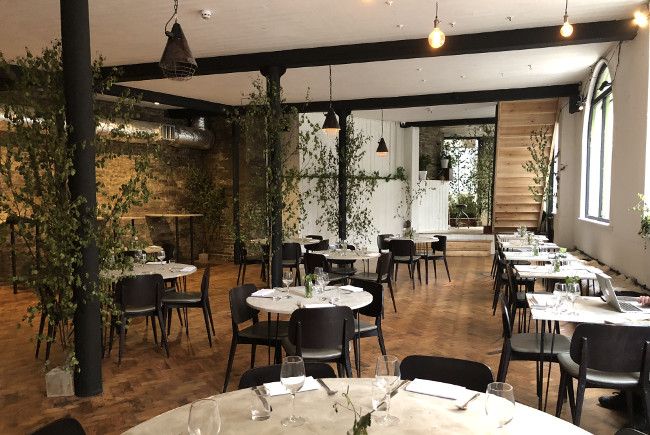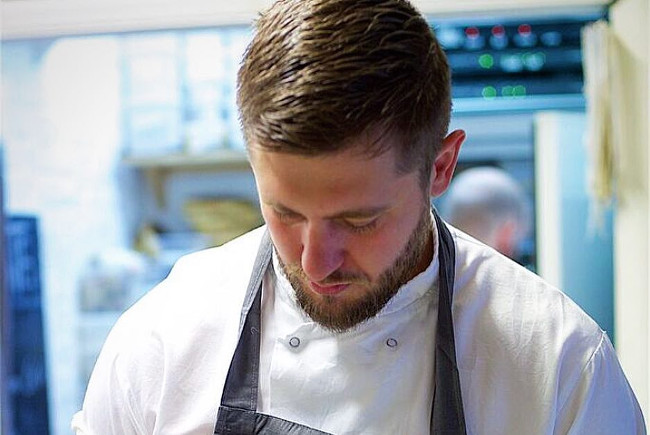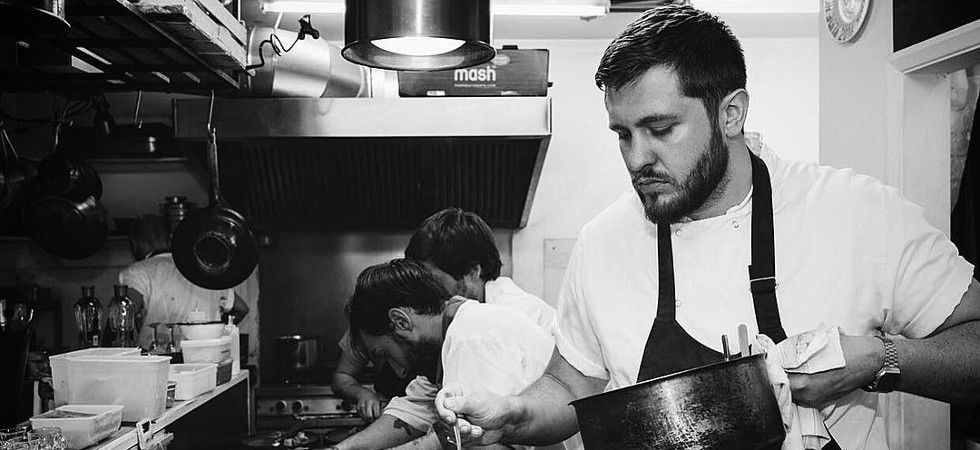Nose-to-tail cooking has been in the spotlight in the past year or so as customers flock towards restaurants that provide a more sustainable dining experience. In the London food scene, Native has stood out for being one of the trailblazers in zero-waste cooking and dishes that focus on foraged, seasonal ingredients.
Insects and offal aren’t always easy sells, so we decided to speak with Ivan Tisdall-Downes, Native’s Head Chef, to hear how he’s managed to delight and educate guests by taking them along on an innovative gastronomic adventure.
For someone who hasn’t heard of Native, how would you describe it and what sort of experience can diners expect to have?
It’s a snapshot of what’s available in the fields, forest, and coastlines of Britain on that day. It’s a dining experience and we hope to educate and inspire guests to forage and cook with parts of ingredients they wouldn’t usually consider.
Why do you think the zero-waste concept has blown up over the past couple of years?
For us, it was very much a way of life. We are a tiny business built entirely from scratch and so we had to utilise everything possible; nothing could go in the bin. I think with increased food costs and costs of living, many people find this very relatable to their home lives and so are interested to learn what they can and help improve the environment.

Many cuisines around the world traditionally use parts of animals and produce that aren’t normally eaten, but this has been a harder sell in the UK. How do you deal with picky eaters?
Most diners come to Native for an experience; they are on a food adventure and want to try something new or want to be tested. We make everything from scratch, so it is very easy for us to leave off the ants, for example, if they don’t feel like eating them.
Which ingredient/dish has been the hardest for customers to buy into?
Squirrel has been a hard sell. We’ve taken a bit of flack from people who do not understand how meat works. Obviously everyone who’s tried it has loved it and they quickly forget about its fluffy tail.
What are your favourite places for foraging?
Ah, well I can’t reveal all my best locations. I tend to head to the Kent and Sussex coasts for sea vegetables, but my favourite by far is trying to get as lost as possible in the woods with my dogs.
Any tips for aspiring foragers? How can they get started?
The best places to start are the hedgerows. You’ll find all the easily identifiable berries, nettles, and elderflowers which is a great way to start making jams and cordials. It’s exactly how I started. The important thing is to pick no more than a third of what is available to allow a sustainable source for the future.

You had some challenges with opening Native in the beginning. Can you tell us more about how you overcame these and what you learned from it?
Running a restaurant is a challenge every single day. Hard work and determination to succeed are the only ways to overcome all challenges. I’ve learned to not get caught up in how other restaurants operate; we have figured out what works for Native and have stuck to it.
Which ingredient are you excited to introduce into your menu this season?
Japanese Knotweed. An invasive species with a wonderful rhubarb flavour. Many people have heard of it, but do not know that it can be eaten.
How do you and co-founder Imogen Davis complement each other when it comes to running Native?
We both want and need Native to be the best it can be. There’s no better feeling than knowing someone has your back 100%. A very rare occurrence in the world.
Describe your cooking in three words.
I’m. Winging. It.
If I was to book a table at Native today, what’s the one dish I MUST order?
The Marrowmel. This is a mainstay on our ever-changing menu. A caramelised white chocolate and bone marrow caramel.
Main image credit – Ryan O’Donoghue






















